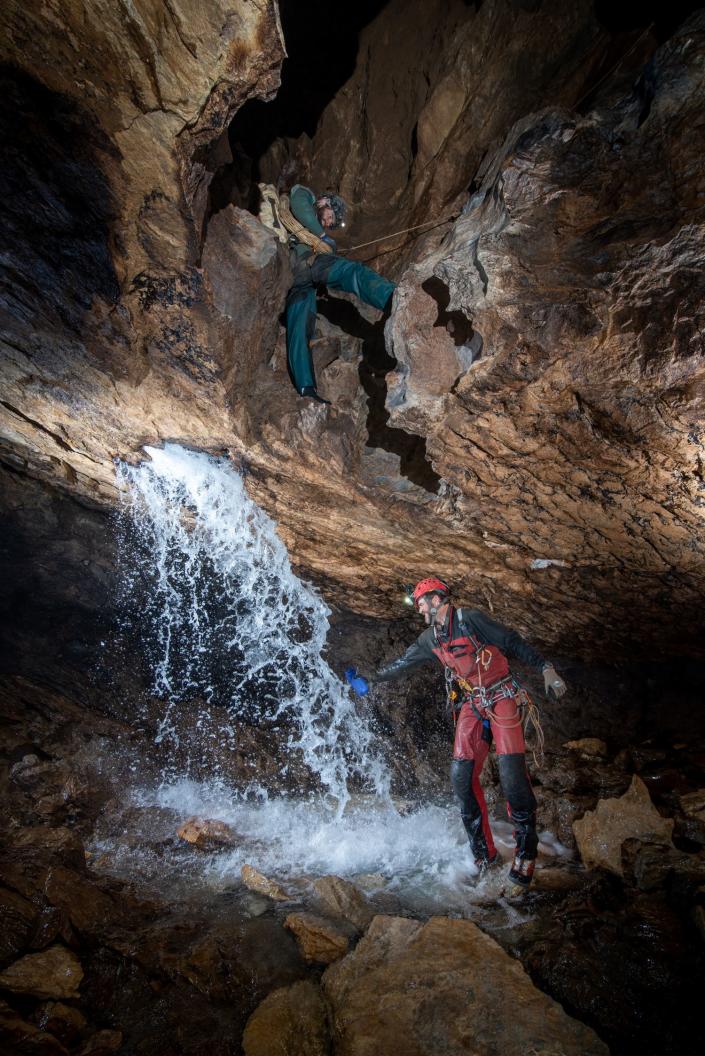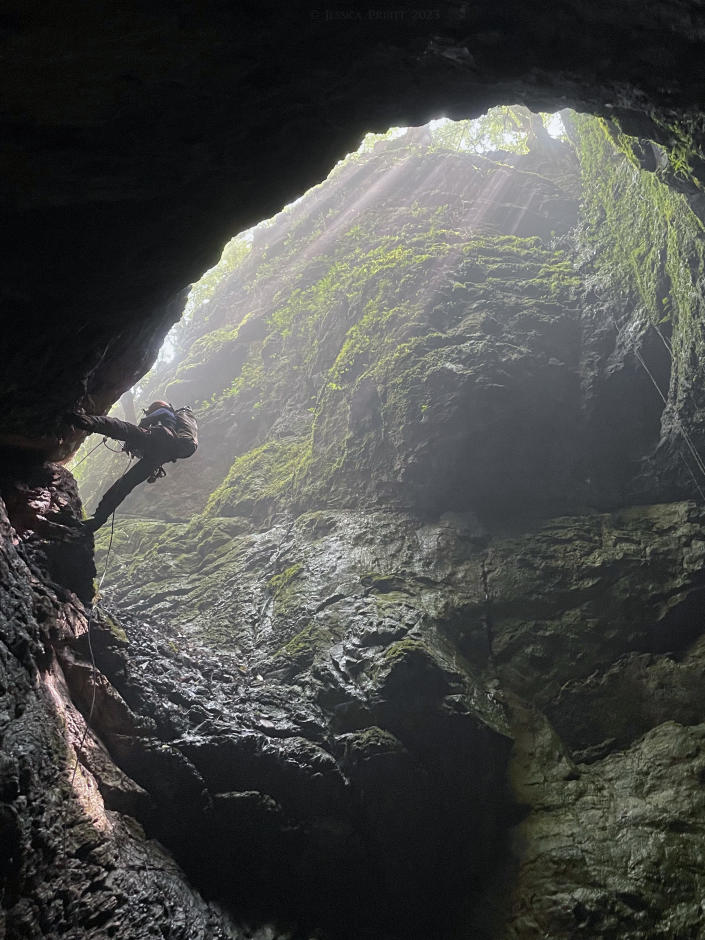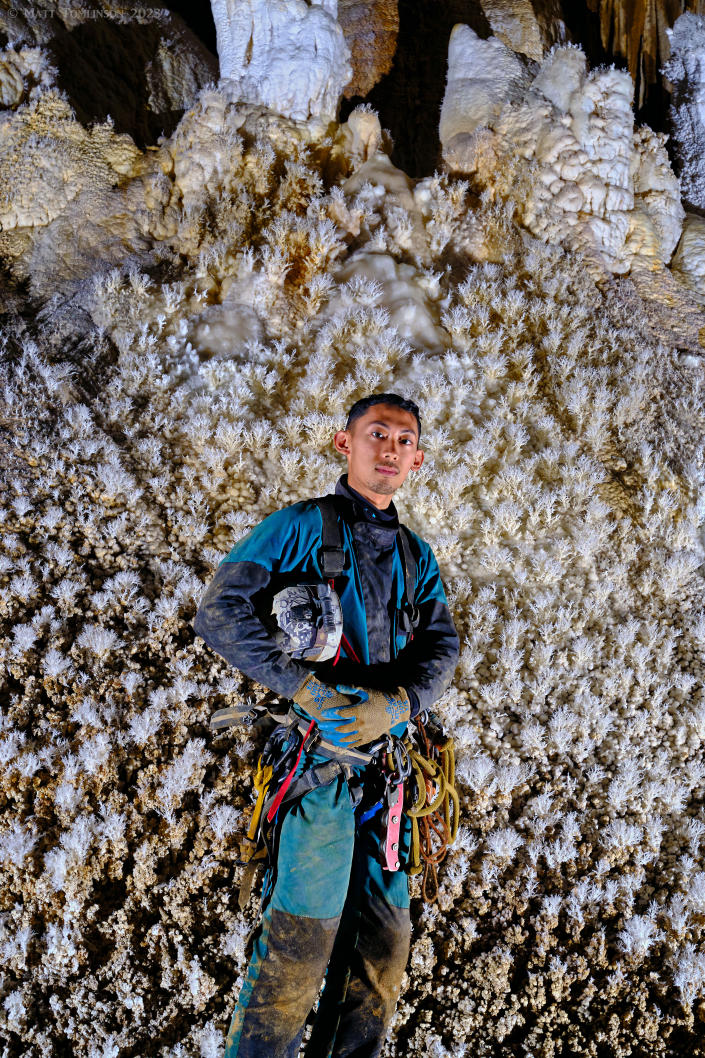The deepest cave in the Western Hemisphere — the Sistema Huautla in Oaxaca, Mexico — is even longer than originally thought, scientists and cavers have discovered.

A caver fills up a bottle of water from a waterfall inside a cave system
Cave explorers expanded the map of Sistema Huautla, a cave system in the Sierra Mazateca mountains in the southern Mexican state of Oaxaca, by 728 feet (222 meters). This means the known length of the cave is just over 62.7 miles (100 kilometers) — but further exploration may reveal it is even longer.

A caver descending into a cave from a brightly lit entrance
Sistema Huautla, the 10th-deepest cave in the world, was first discovered in the 1960s by cavers from Austin, Texas. Since 2014, researchers have carried out annual expeditions as part of the Proyecto Espeleológico Sistema Huautla, or Sistema Huautla Speleological Project (PESH) to find out more about the enormous underground labyrinth.

A caver descends into a lit cave with a forest in the opening above
The latest expedition took place in April, and PESH announced the revised length in a statement on June 6.
Sistema Huautla is 5,118 feet (1,581 m) deep — equivalent to around four Empire State buildings stacked on top of each other. There are 26 connected entrances to the cave, which is estimated to be up to 15 million years old, according to the statement.

A man stands in front of helictite bushes
The cavers who led the most recent expedition — Tommy Shifflett and Bill Steele — said they carry out the expeditions every April because it is the driest month of the year in the region. Diving during the dry season minimizes the risk of being trapped underground by flooding.
“With teams camping deep underground with no way to contact the surface, we are always keeping an eye on water levels,” Steele said in the statement. “This April it was wetter than normal — that hampered our exploration somewhat.”
In addition to mapping out Sistema Huautla, the team also added 1.9 miles (3 km) to the known length of Cueva Elysium, a nearby cave system separate from Sistema Huautla.
The information and data collected during the expeditions are shared with cave scientists in Mexico. So far, the expeditions have helped scientists learn more about how life adapts to cave environments and have photographed the paleontological remains of extinct animals.
The work has also been used to identify ancient climate patterns through analysis of stalagmites, a type of rock formation that rises from the ground of a cave due to minerals that drip from the ceiling.
Source: Proyecto Espeleológico Sistema Huautla




